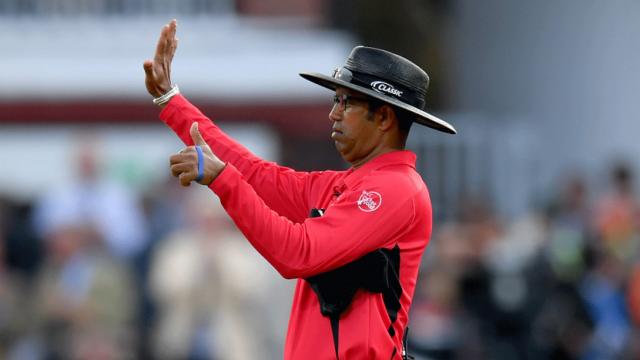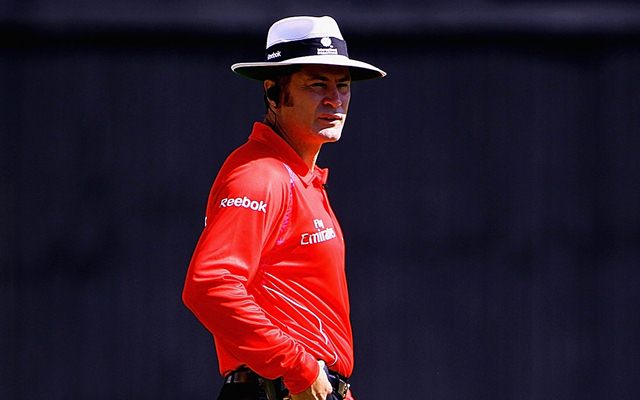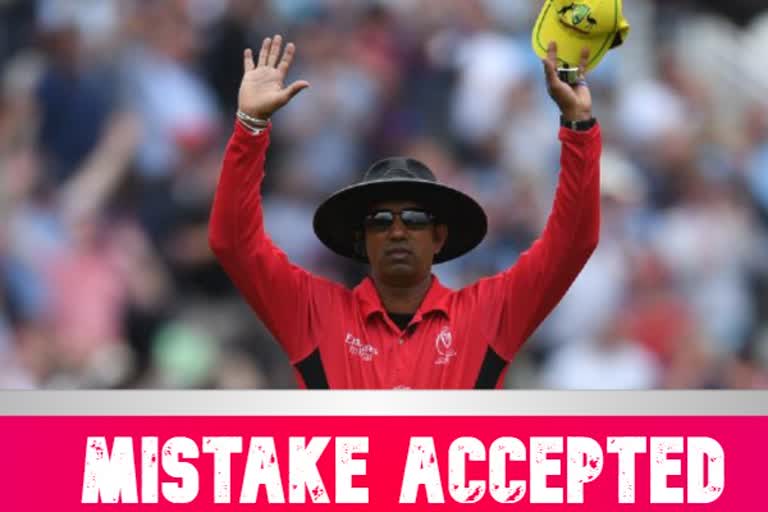Colombo: Kumar Dharmasena, who stood with Marais Erasmus in the 2019 World Cup final, admitted on Sunday that he committed a mistake by awarding an extra run to England after the ball rebounded off Ben Stokes' bat and ran to the boundary.
"It's easy for people to comment after seeing TV replays," Dharmasena told Sri Lankan weekly The Sunday Times.
"I agree that there was a judgmental error when I see it on TV replays now. But we did not have the luxury of TV replays at the ground and I will never regret the decision I made. Besides, the ICC praised me for the decision I made at that time," he was quoted as saying.
With England chasing a target of 242 set by New Zealand in what has since been called the greatest World Cup final of all time and even the greatest ODI ever, Stokes went for a double off the third ball of the final over with his team needing nine runs to win. But Martin Guptill's throw from deep mid-wicket ricocheted off a diving Stokes' bat and ran away to the boundary.

Dharmasena had signalled six runs with Stokes having seemingly completed the second run. However, law 19.8 of the cricket rulebook pertaining to overthrows says, "If the boundary results from an overthrow or from the willful act of a fielder, the runs scored shall be any runs for penalties awarded to either side, and the allowance for the boundary, and the runs completed by the batsmen, together with the run in progress if they had already crossed at the instant of the throw or act."
Television replays showed that Stokes and non-striker Adil Rashid had not crossed when the throw came in from Guptill and hence Dharmasena should have awarded England five runs, instead of six.
Former umpire Simon Taufel was one of the first to point out the error.

"The act of the overthrow starts when the fielder releases the ball. It becomes an overthrow from the instant of the throw," Tauffel was quoted as saying by the Australian media.
Dharmasena clarified that he could not have referred the matter to the third umpire as there was no dismissal involved. "So, I did consult the leg umpire through the communication system which is heard by all the other umpires and the match referee. And, while they couldn't check TV replays, they all confirmed that the batsmen have completed the run. This is when I made my decision," he said.
Dharmasena also said that there were far too many things going on at the time.
"One must understand that there were too many things on our plate. We had to watch the batsmen complete the first run, the ball being fielded, how it was handled by the fielder and whether the batsmen completed the second run. And where the throw would come from, the striker's end or non-striker's end," said the former off-spinner who was part of the Sri Lanka team that won the World Cup in 1996.
"In this case, we were all happy that the batsmen had completed the second run because the ball ricocheted off Stokes's bat at the time of him completing the second run. So, we assumed that they had crossed each other at the time of the fielder releasing the ball," he said.
The decision significantly worked in England's advantage because apart from the extra run, Stokes was on strike for the last three balls instead of Rashid.
It was later reported that the Marylebone Cricket Club (MCC), custodians of the Laws of Cricket, was considering to review the overthrow rules in light of the incidents that occurred during the World Cup final.
The MCC feels overthrows are worth taking a look whenever it next reviews the laws of the game which is the responsibility of the MCC laws sub-committee.



